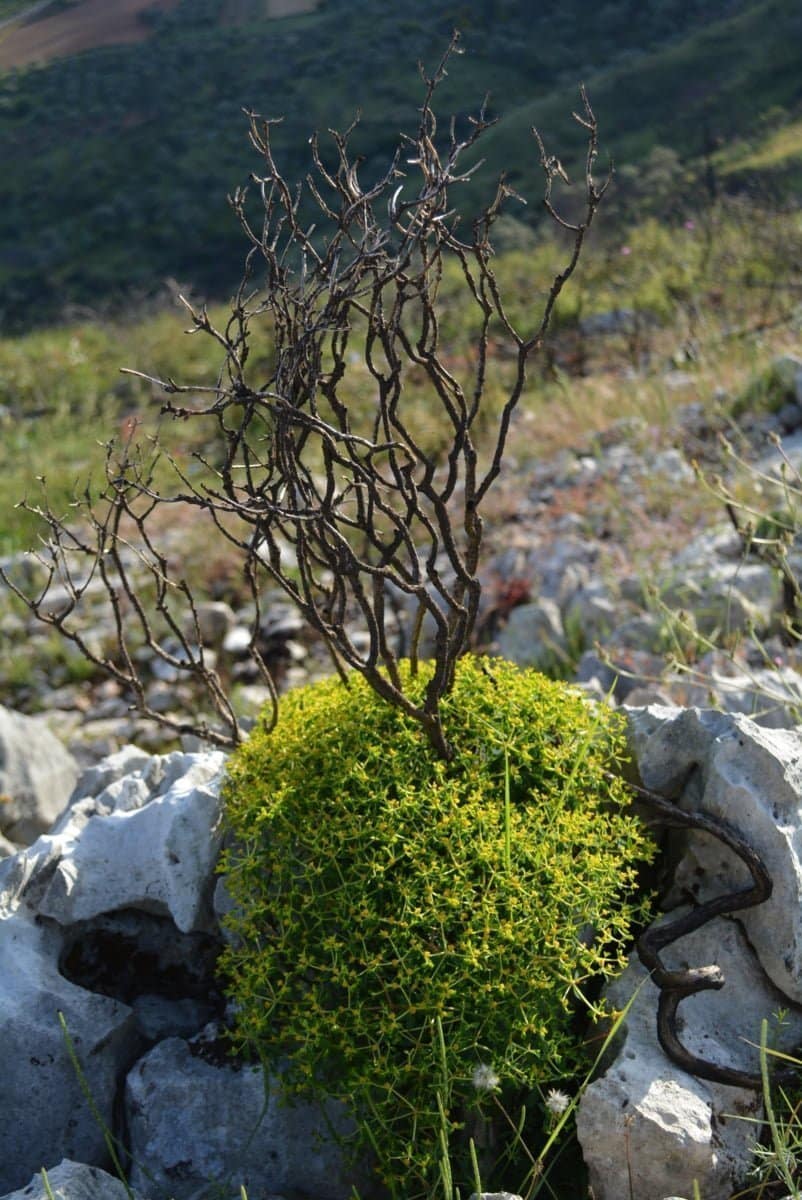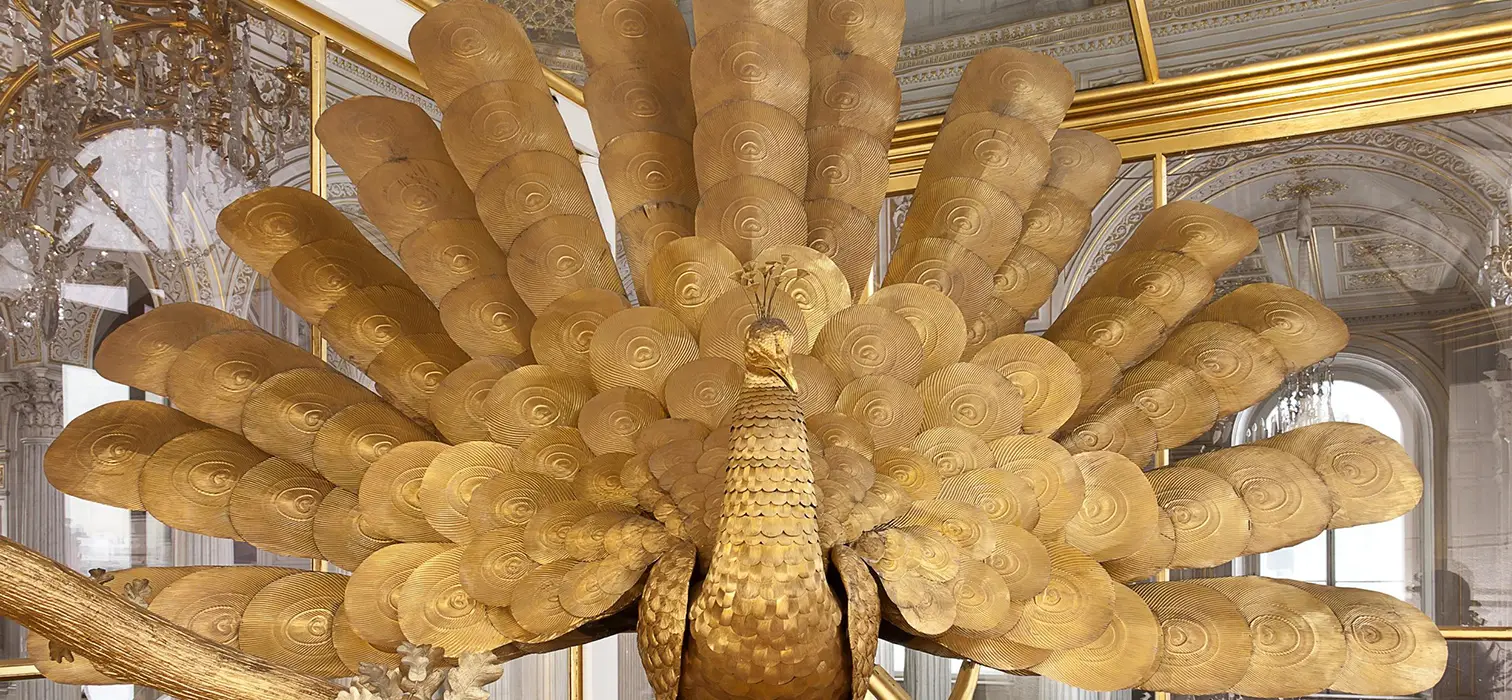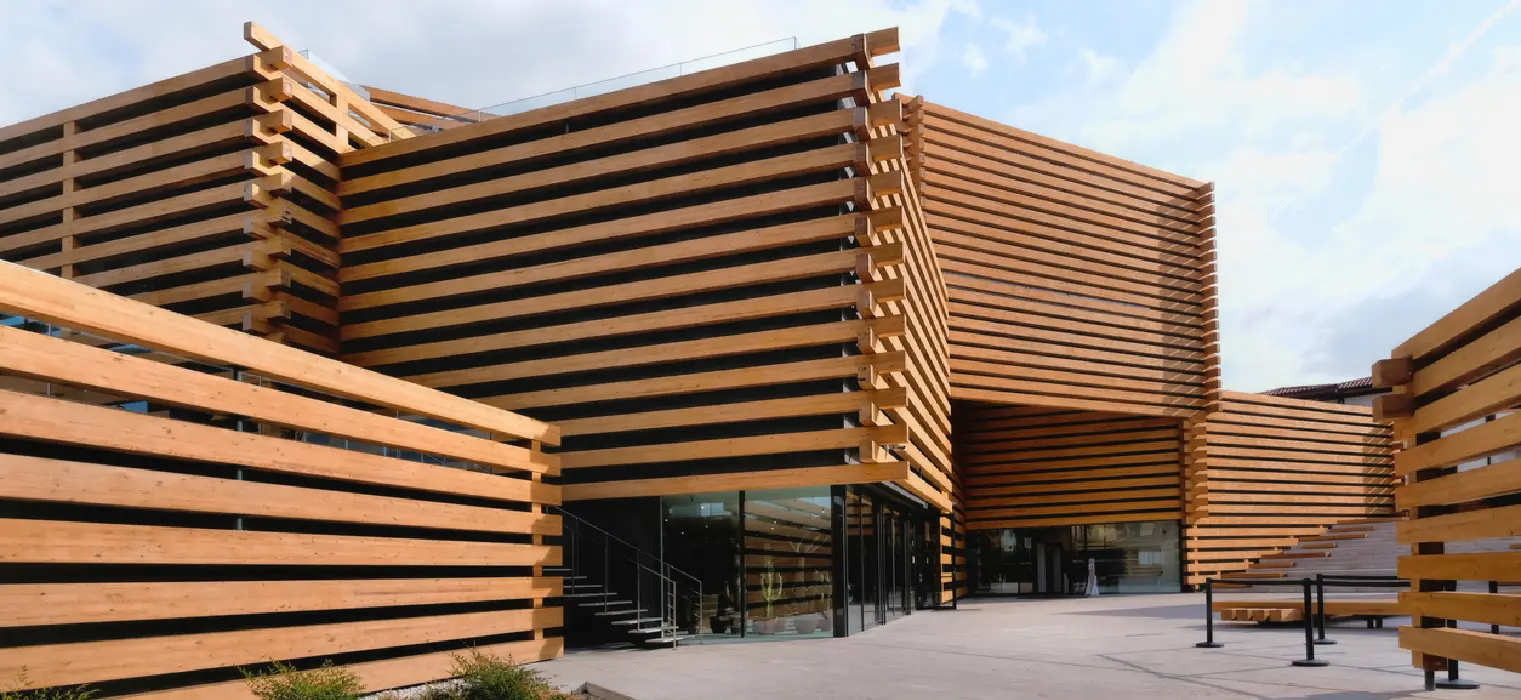
We had an interview with Senior Biologist Gökhan Ergan on forest fires and aftermath. Ergan, who made examinations in the burned areas after the fire, shared his research results and experiences with us.
Photos: Gökhan Ergan
First of all, I would like to ask about the history of forest fires. Actually, fires are not an event we have experienced only this year. How much forest area has Turkey lost on average with forest fires that broke out almost every summer until today? How did this affect the ecosystem?
Turkey is a region where the fire-prone Mediterranean ecosystem is seen, and because of this feature, forest fire is one of the most common events. On average, more than 2,000 forest fires occur annually in Turkey and this average value tends to increase especially in the last 30 years. While the number of fires in 2019 was 2,688, this number increased to 3,399 in 2020. However, while there was a significant increase in the number of forest fires, we did not observe a significant increase in the amount of burned areas until the last few years. While the average annual amount of burned forest areas is about 9,000 hectares, we know that it was 11 thousand hectares in 2019, 21 thousand hectares in 2020, and lastly, it is said to be 180 thousand hectares in 2021 for now.
Although the creatures in the fire-prone Mediterranean ecosystems have adaptations to survive fires or create new generations after the fire, fires in such a big size pose a great danger as they will occur more frequently with climate change.
In order to understand the impact of fires on the ecosystem, it is necessary to evaluate it according to the fire regime. It is useful to understand the concept of fire regime, which includes parameters such as the type, intensity, frequency, and amount of the fire, and to evaluate it according to how much an area deviated from the scales of the fire regime. The fires we experienced in 2021 are much bigger than the fires we have encountered so far, and in some places very severe fires. Such massive fires affect large parts of habitats and cause enormous trauma to the vegetation and wildlife living in these areas. Although the creatures in the fire-prone Mediterranean ecosystems have adaptations to survive fires or create new generations after the fire, fires in such a big size pose a great danger as they will occur more frequently with climate change.

Of course, we encountered an unusual fire size this summer. What do you think about both the outbreak of fires and their rapid spread?
Too much inaccurate and misleading information about the outbreak of the fires has become widespread both in the media and in the new media. If the reasons for the fires in 2021 can be determined as a result of the investigations, we will learn together. Currently, the source of approximately 50 percent of forest fires in Turkey is unknown and the majority of those with known causes are human-induced. The serious increase in the number of human activities in natural areas and the change in climate parameters are among the main reasons. According to the data of the Turkish State Meteorological Service, both Muğla and Antalya are seen as areas with severe drought between July 2020 and June 2021. In the preliminary examinations we made in Marmaris in August after the fires of 2021, we learned from the local observers that there was no precipitation in Marmaris after March 11, 2021. It is a very difficult process to extinguish such dried and highly flammable vegetation when it burns in a period of heat waves and strong winds. Much information was shared about technical aspects related to disaster management in struggle against fires. Within the scope of the study fields of fire ecology, while migration from rural to urban areas and decrease in animal grazing and in wildlife increase the accumulation of combustible materials, climatic events and forestry practices cause the flammability of vegetation to increase even more. In this equation, it becomes a very difficult task to extinguish the combustible materials that increase their flammability and accumulate even more after they ignite.
The ecosystem’s renewal begins to happen very quickly. When we examined the burned areas in Marmaris on August 15, 2021, we found that the Mediterranean shrubs sprouted two weeks after the fire.
To what extent is it possible for forests to recover and the ecosystem to regenerate? What are the next steps to be taken?
The ecosystem’s renewal begins to happen very quickly. When we examined the burned areas in Marmaris on August 15, 2021, we found that the Mediterranean shrubs sprouted two weeks after the fire. Many pinus brutia seeds will have germinated and their seedlings developed next spring. Since the plants in the Mediterranean ecosystem have adaptations to fire, the burned areas will recover very quickly. In the first year, we can see a great variety of plants in burning areas, insects and other animals contribute to this diversity along with plants. The main thing we need to be aware of here is to know that the vegetation and the wildlife within it are in a constant change over the years after the fire and that each period is very important in its own way. High forests with old trees are very valuable for us, and maquis covered with shrubs that are one or two meters tall are also very valuable for biodiversity.

Sapling planting after the fire was also discussed a lot. I think there is a difference between planting trees and protecting the ecosystem. What do you think about this distinction for the next process?
To answer this question, another question must be answered. What is our purpose and need? If you want to create a plant community consisting of only one species and producing wood from these trees is your priority, sapling planting is a very reasonable method. This is a decision you will make in line with your purpose. If you have a forestry policy where you prioritize protecting biodiversity and struggling climate change, then your practices will differ. This time, methods that will focus on natural regeneration processes will be on our agenda. As a result of natural regeneration practices, the need to plant seedlings may arise in some empty areas. Or, planned saplings can be planted in buffer zones between human and natural areas such as settlements, agricultural lands. The main process here is what our goal and approach is.
After the fires, there was a lot of speculation, especially about pinus brutia. Pinus brutia. is a plant species that has existed in Anatolia for millions of years and has specialized adaptations against fires.
What are the false facts after forest fires?
After the fires, there was a lot of speculation, especially about pinus brutia. Pinus brutia. is a plant species that has existed in Anatolia for millions of years and has specialized adaptations against fires. In other words, it is not an after-planted species. Again, there was a serious information pollution on the pinecone. A perception like “The pinecones exploded like a bomb” was expressed as the main reason why the fires spread so much. Many precipitating causes can underlie the fires in neighboring areas. Light bark, twigs, and leaves can be carried long distances by strong winds during fires. These burning plant parts can start new fires where they fall. There can be a similar example in the processes of afforestation. Planning natural areas like agricultural lands and making practices accordingly are one of the mistakes that have been mentioned.

On the one hand, I want to come to the climate crisis. As a result of the climate crisis, are fires expected to break out in this manner in the upcoming periods? Along with the fires, what do you think about the impacts of the climate crisis in the near future?
Models on climate data show us that the Mediterranean Basin will be a warmer and less rainy geography. Although the winter precipitation increases more in the Mediterranean region of Turkey, it is estimated that the annual total precipitation will decrease, and the summer drought will last longer and longer. These processes lead us to the conclusion that more fires and a larger amount of area will burn in the coming years. For this reason, it is among the most urgent things that we need to build our forestry policies and struggle methods against fires on the reality of the climate crisis.
As a result of the examinations, we made at the end of August, I became more hopeful when we observed that more than 20 plant species burgeoned within a month after the fire.
Finally, I would like to ask about personal effect of the situation. Did you have the opportunity to see the area after the fires? I think you are close to nature in line with the field you work in, how did it make you feel to see the area like that?
10 days after the fires, I had the opportunity to visit the fire areas in Marmaris and Milas. Upon the invitation of the Ministry of Environment and Urbanization General Directorate for Protection of Natural Assets, I had also the opportunity to make preliminary examination in the burned areas within the border of the Datça-Bozburun Special Environmental Protection Area. When you see a burning area for the first time, you are very sad because it is a great destruction. The feeling of despair immediately captures you in the face of such destruction. However, since the scientific studies we have done in burning areas over the years have shown us that this is not an extinction, I quickly get rid of these feelings. As a result of the examinations, we made at the end of August, I became more hopeful when we observed that more than 20 plant species burgeoned within a month after the fire.



